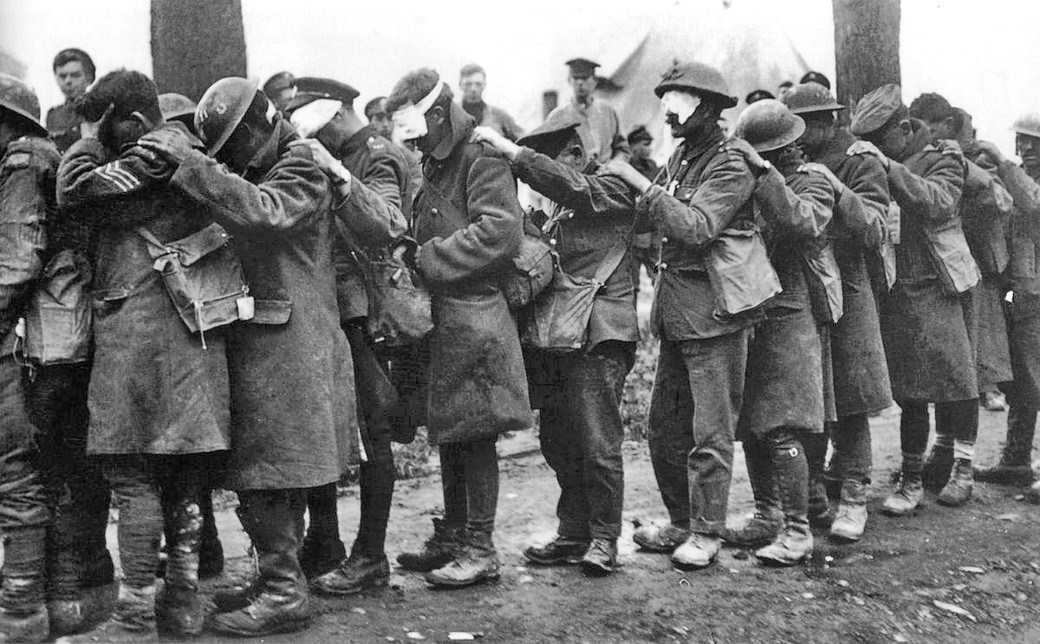
The Emperor of All Maladies: A Biography of Cancer
Siddhartha Mukherjee • Scribner, Toronto, 2010, 571pp.
In 1961, the multi-drug therapy referred to as VAMP initially showed impressive signs of success in treating childhood leukemia. When given to patients, tumours receded, leukemia cells were reduced in the bone marrow and white blood cell counts returned to normal. Within months of having achieved remission, however, patients would return to their doctors complaining of debilitating headaches and paralysis of the face. Such symptoms were signs the leukemia cells had spread to the brain. Indeed, most of the children died from metastasized brain cancer. The tragic pattern pointed to a vital question: why did the cancer cells metastasize in the brain and not somewhere else in the body? As researchers discovered, there was an evolutionary underpinning to the process of remission and eventual metastasis. Human beings evolved such that the brain was protected from foreign chemicals. The cancer cells were thus using the brain as a refuge from the chemotherapy drugs.
This is but one of many poignant stories of cancer in Siddartha Mukherjee’s magisterial book, The Emperor of all Maladies: A Biography of Cancer. The theme that binds together the book’s disparate parts is, in a sense, cancer’s hallmark: success in both our understanding and treatment of the disease has been incremental, temporary and typically accompanied by tragic setbacks. Indeed, even as the scientific understanding of cancer grew more accurate, there remained staggering gaps in our knowledge of how to prevent or treat the disease. Many in the medical community who understood that lung cancer was caused by the uncontrollable growth of malignant cells also insisted that smoking could not possibly cause the disease. Similarly the notion that cancer would metastasize in different regions of the body was poorly understood until relatively recently. This lack of insight meant that many women were pointlessly subject to a radical mastectomy. If the cancer had already spread beyond the breast, mastectomies were effectively useless in treating the disease. Although these gaps have been bridged, many mysteries remain unsolved. Why, for example, do cancer cells ceaselessly proliferate when normal cells do not? Cancer, in other words, remains the most elusive of diseases.
The Emperor of All Maladies documents Mukherjee’s own odyssey as a doctor struggling to understand cancer’s effects on patients and his ability to negotiate the fine line between realism and hope. In so doing, he masterfully draws the reader into the world of cancer. At what point does an oncologist know that therapeutic interventions are pointless? At what point does a patient with incurable cancer resign herself to her inevitable fate? These are never easy questions, especially given the ongoing attempts to develop more effective therapies and the role of hope in prolonging life in the face of mortal illness. Mukherjee tells the moving story of Germaine, an Alabama woman who was diagnosed in 1999 with a gastrointestinal stromal tumour, a rare form of cancer. Worse, the cancer had metastasized to her liver, lymph nodes and left lung. She was informed there were no therapies that might effectively treat the cancer and only given weeks to live. As part of a last gasp effort to fight the disease, she agreed to try Gleevec, a drug that had proved effective in treating acute lymphoblastic leukemia. The effects were immediate and remarkable: the tumours started to shrink and the cancer cells ceased spreading. Germaine achieved remission. Although the cancer did return and Germaine eventually did succumb to the disease, it wasn’t until 6 years later. She didn’t die within weeks of discovering her cancer, as her grim prognosis had promised.
Germaine’s experience is instructive. The most significant therapeutic advances in cancer treatment stem from breakthroughs in our understanding of normal and malignant human cells. Gleevec targets the proteins responsible for activating various growth signals and in so doing has been remarkably effective at negating the cancer cell’s capacity to reproduce itself. As a result, many who suffer from acute lymphoblastic leukemia especially are now in remission. Molecularly targeted therapies have been developed to treat other cancers, with similar results. The drug herceptin, for example, has been enormously successful in treating breast cancer. Yet here too, success has been tempered by the knowledge that some cancer patients grow increasingly unresponsive to targeted therapies. Remission is not always a cure.
From this perspective, cancer and our ongoing attempts to treat it should be conceived as a complex series of constantly evolving processes. As Mukherjee wisely suggests, this necessitates that we re-conceive of the ‘war on cancer,’ particularly of what constitutes ‘victory.’ Genetic mutations are the source of a disease that thrives through the reproduction and eventual spread of the genetically abnormal cells. As normal cells grow and divide, the possibility of such mutations persists. Victory, then, should not be conceived as the elimination of cancer. Instead we could reasonably declare victory over cancer when we’ve reached the point that the disease is no longer a death sentence for those afflicted with it. Indeed for various types of cancer – breast, acute lymphoblastic leukemia, – the prognosis for those suffering from it is often very good. When caught early, extended remission is often the outcome. Although the war on cancer may not be won, there is reason for hope













